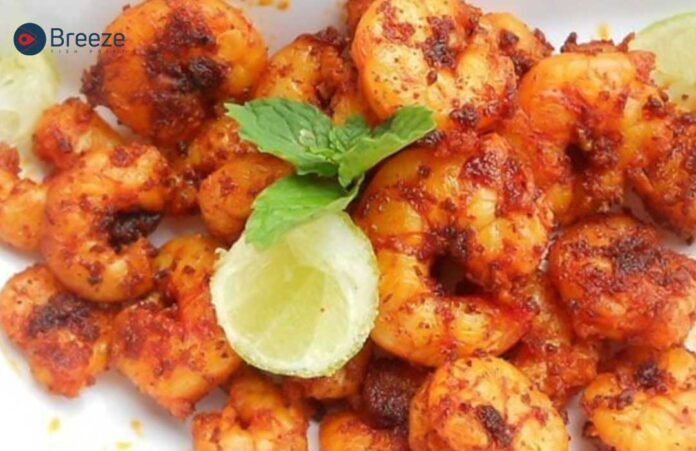What are Probiotics?
Probiotics are beneficial bacteria that restore intestinal microflora balance, improving health in digestion, immune response, and mental state. They help maintain a balanced body structure after antibiotics, poor diet, and stress, restoring balance.
Essentially, there are diverse forms of probiotics though each one of them has its advantages. Here’s a breakdown of the most common types of probiotics and how they contribute to health:
Types of Probiotics
1. Lactobacillus
2. Bifidobacterium
3. Saccharomyces boulardii
4. Streptococcus thermophilus
The Connection Of Probiotics and Gut Health
Proper functioning of these organs is very vital and this is why it is said that the gut is a second brain. First of all, it is useful to know that the human gut hosts trillions of microorganisms, of which a part may be considered pathological. These are important in digestion, absorption of nutrients, and immune system functions of the body. They prevent the formation of an unhealthy amount of bad bacteria in the gut, improve the movement of the bowels and possibly affect the cognitive system due to the existence of an axis between the gut and the brain.
Probiotics, found in food and supplements, help restore the body’s natural bacterial flora, addressing symptoms like bloating, gas, and diarrhea, enhancing digestion, immunity, and mood swings.
Probiotics in Gourmet Applications:
Today, there is a trend in the integration of probiotics with conventional and modern foods across the globe. These foods also serve important health functions in the digestive system as chefs add kimchi, miso, and yogurt to their meals. One more recent trend is using of probiotics as an ingredient in non-conventional cuisine with a combination of different world tastes and a positive impact on the gut.
That’s where the Chatpata Jhinga Fusion makes its way into the picture. Jhinga (prawn fish) is very famous in South Asian cuisine which is more often than not cooked with hot spices. Yet when combined with a form of probiotics such as yogurt this dish is truly a gastronomic delight of flavors that are good for your tummy as well.
Chatpata Jhinga Fusion Recipe
Ingredients:
Large shrimp – 500g, without the shell and blacklist
Probiotic-rich yogurt – one cup, plain
1 tablespoon ginger-garlic paste
1 teaspoon turmeric powder
1/2 Teaspoon red Chili powder
1 teaspoon garam masala
1 tablespoon cumin powder
1 tablespoon coriander powder
1 tsp salt or according to your preference
1 tablespoon lemon juice
Fresh cilantro for garnish
Probiotic Marinade:
Here in this recipe, the yogurt acts as a base for the probiotic marinade used on the chicken. The live cultures that are present in yogurt also contribute to taste as well as make the shrimp fish more soft. Yogurt usually comes with other flavours and can be combined with a lot of spices which makes it perfect for the spicy Chatpata Jhinga dishes.
Instructions:
Prepare the marinade: Yogurt, ginger-garlic paste, turmeric, red chili powder, garam masala, cumin powder, coriander powder salt, and lemon juice are to be blended in a mixing bowl. Mix well.
Marinate the shrimp: Take the cleaned shrimps and place them in the marinade solution, making sure that the shrimps get well covered. Refrigerate the mixture for at least half an hour to give probiotics enough time to dissolve in the shrimp’s marinade as well as soften the shrimp meat.
Cook the shrimp: Thus, fill a pan with a tablespoon of oil and add the shrimp marinated in the dish prepared. Fry on medium heat until the shrimp are pink and they form a C-shape which should take approximately 5-7 minutes.
Serve: Sprinkle some chopped coriander on top and then serve the dish hot. It is best served with a cup of Raita or spiced cucumber yogurt accompanied by a teaspoon of fermented pickles for that probiotic bonus.




